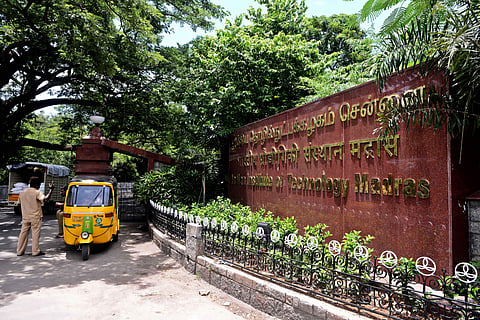

In an initiative to save wildlife from poaching, the Indian Institute of Technology Madras and Harvard University have developed an algorithm called 'CombSGPO' (Combined Security Game Policy Optimization). Officials stated in a report by PTI that the researchers observed that the combined and coordinated use of forest rangers and drones was a good way to protect wildlife from poaching.
Explaining why the algorithm was developed, it was mentioned that the resources (rangers and drones) are limited, the researchers developed this algorithm which provides a good strategy to protect wildlife with the resources available. This was stated in a report by PTI.
Head of the Robert Bosch Centre for Data Science and Artificial Intelligence (RBCDSAI) at IIT Madras, Balaraman Ravindran stated, "This new algorithm provides highly efficient strategies that are more scalable than the earlier ones created for the same purpose."
Talking about how it works, Ravindran said, "The algorithm works by handling resource allocation and strategising patrolling after the extent of resources available had been identified. For this task, it utilises data on the animal population in the conserved area and assumes that poachers are aware of the patrolling being done at various sites."
Sharing his views on the motivation behind and the purpose, he stated, "The work was motivated by the need to perform strategic resource allocation and patrolling in green security domains to prevent illegal activities such as wildlife poaching, illegal logging and illegal fishing. The resources we consider are human patrollers (forest rangers) and surveillance drones, which have object detectors mounted on them for animals and poachers and can perform strategic signalling and communicate with each other as well as the human patrollers."
A game theory-based model created by the researchers is being utilised for the algorithm where the game theory is a theoretical framework for formulating social situations among competing players. Relating this to saving wildlife, game theory pertains to anticipating the areas where poaching takes place. These predictions are based on the earlier poaching incidents and the interaction between poachers and defenders, as stated in a report by PTI.
The first author of the study and a Post-Baccalaureate Fellow at IIT Madras, Aravind Venugopal said, "The game model and the kind of resources we use to simulate such a ‘poaching game' between the defender (forest rangers and drones) and attackers (poachers) are based on the widely-studied ‘Stackelberg Security Game Model' and are linked to drones that have already been deployed by Air Shepherd (a foundation that deploys drones to stop elephant and rhino poaching in Africa)."
He added, "As per the World Wide Fund for Nature (WWF), wildlife trade poses the second-biggest direct threat to the survival of species after habitat destruction. While several organisations and regulatory authorities are trying to curb the incidences of poaching, the poachers seem to have always remained one step ahead of the patrollers."
Talking more about the collaboration, Aravind said, "This collaborative research work by two esteemed universities will help in keeping poaching incidents in check. To extend this research for application in domains such as security, search and rescue and aerial mapping for agriculture among others, the team is trying to perform sample-efficient multi-agent reinforcement learning to learn with the least amount of data, since data collection is costly in a real-world scenario."
